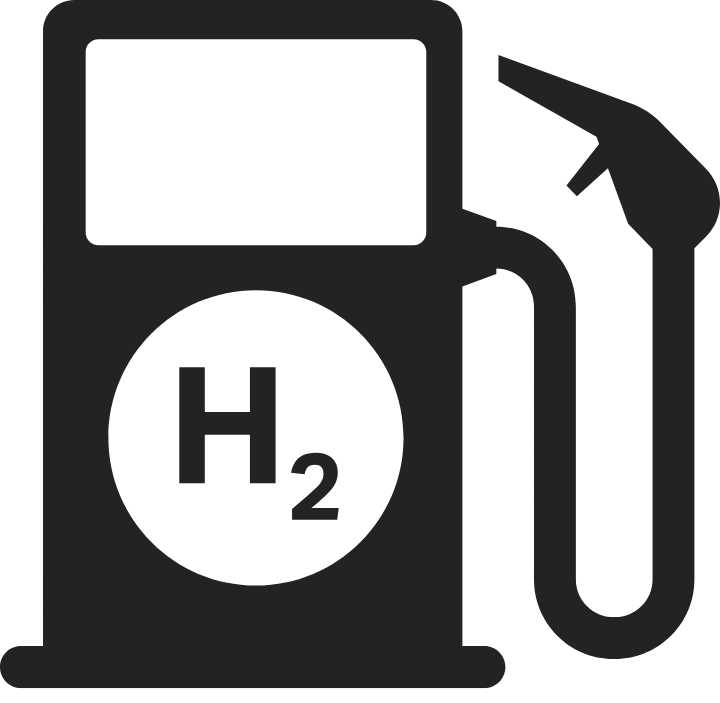Seven regional partnerships that want to produce hydrogen fuel are urging the U.S. Senate to preserve hydrogen tax credits. In a letter sent Thursday, June 19, to Senate leadership, the hydrogen hubs asked lawmakers to keep incentives active for hydrogen projects beginning construction through 2029.
The hubs include research institutions and companies from oil and gas, renewable energy and electric utility industries. Spanning from California to New Jersey, the hubs are the largest effort thus far to advance hydrogen fuel.

Download the SAN app today to stay up-to-date with Unbiased. Straight Facts™.
Point phone camera here
The letter follows a proposal released by the Senate Finance Committee that could trigger sweeping changes to which energy technologies are favored by tax policy. To trim government spending to help pay for President Donald Trump’s priority of extending the 2017 tax cuts, the Senate committee wants to eliminate new tax credits for hydrogen at the end of 2025.
“Hydrogen is a powerful tool to secure our energy independence and strengthen America’s energy future,” the letter said. “Allowing (hydrogen tax credits) to lapse prematurely would put at risk these projects, the hundreds of thousands of jobs they will create, and approximately $140 billion in economic benefits they forecast.”
The letter went on to say that eliminating hydrogen tax credits could “risk ceding leadership in hydrogen technology and supply chains to foreign competitors at a time when the U.S. should be asserting global leadership.”
Hydrogen was a key part of the Biden administration’s push to lower carbon dioxide emissions in its fight against climate change. Experts often compare hydrogen to a Swiss Army knife because it offers a zero-emission fuel option for heavy-duty vehicles, airplanes, ships, and industrial processes. Hydrogen can also be stored for long periods of time and could be used to provide baseload power to the grid. However, scaling up clean hydrogen production is expensive. In 2022, Congress passed a grant funding hydrogen hubs and tax credits to compensate companies that produce the fuel.
How do producers make clean hydrogen?
Hydrogen production is not new. People have used hydrogen as a fuel for centuries, and today it remains a key ingredient in ammonia production, which supports the manufacturing of cleaning products and fertilizers. The new hydrogen hubs plan to produce two types of clean hydrogen: blue and green.
Producers derive blue hydrogen from natural gas. The gas goes through steam methane reforming, a chemical reaction under high heat that eventually produces hydrogen and carbon dioxide. To qualify as a clean fuel, blue hydrogen producers want to use carbon capture technology, such as pumping the carbon dioxide through pipelines into underground wells.
They generate green hydrogen through electrolysis, using electricity to split water into hydrogen and oxygen. To qualify as a clean fuel, the electrolysis process must use renewable energy sources.
How do hydrogen tax credits work?
The original tax credit, known as 45V, was part of the 2022 Inflation Reduction Act. The 45V credit allows companies producing clean hydrogen to receive 60 cents to $3 per kilogram of clean hydrogen produced, depending on how many carbon emissions the company cuts out of the production process.
“The government’s contribution is basically a success payment,” Frank Wolak, president and CEO of the Fuel Cell and Hydrogen Energy Association, said in an interview with Straight Arrow News.
Companies take on the risk of building new production facilities, and they only receive government funding once they have created something of value.
As long as clean hydrogen projects begin construction ahead of the 45V expiration date, they are eligible to receive compensation from the U.S. Department of the Treasury for fuel produced in the following 10 years. In 2022, Congress set the 45V tax credit expiration in 2033, giving the industry almost a decade to get projects off the ground.
However, both the Senate proposal and the bill passed in the House of Representatives earlier this year would push up the 45V eligibility deadline to the end of 2025.
Wolak said the next six months are not enough time for hydrogen companies to complete the steps of engineering, permitting, financing and securing supply chains required to break ground on new projects. He added that the Treasury Department did not finalize the rules for 45V until the beginning of 2024, causing many projects that were underway to stall.
Who is for and against hydrogen?
Unbiased. Straight Facts.TM
The hydrogen tax credit allows companies producing clean hydrogen to receive 60 cents to $3 per kilogram of fuel produced.

Senate Majority Leader John Thune and Finance Committee Chairman Mike Crapo — Republicans named in the hydrogen hubs’ letter — did not respond to requests for comment as of press time.
Even if the senators change their minds about hydrogen, the 45V tax credit faces a steep challenge in the House. In May, 38 Republican members endorsed a full repeal of the Inflation Reduction Act, which they said would save taxpayers $1 trillion over 10 years.
While hydrogen appears to be a lower priority than wind and solar, the statement signed by the 38 members said, “keeping even one of these subsidies opens the door to retaining all eight.”
Those Republicans are at odds with the oil and gas industry. Chevron, ExxonMobil and Shell all participate in hydrogen hub projects, while the American Petroleum Institute and American Gas Institute have signed a separate letter urging the Senate to keep hydrogen tax credits. Some environmental groups, on the other hand, have criticized hydrogen hubs for relying on natural gas as feedstock and potential safety concerns for local communities.
Wolak emphasized that the hydrogen industry is subsidized in other countries that recognize its potential as a fuel, and said keeping 45V is “an absolutely essential part” of ensuring the U.S. remains competitive.
Without financial support, “you absolutely wipe out the ability for a U.S. industry to get a foothold to compete with China,” he said.
contributed to this report.



